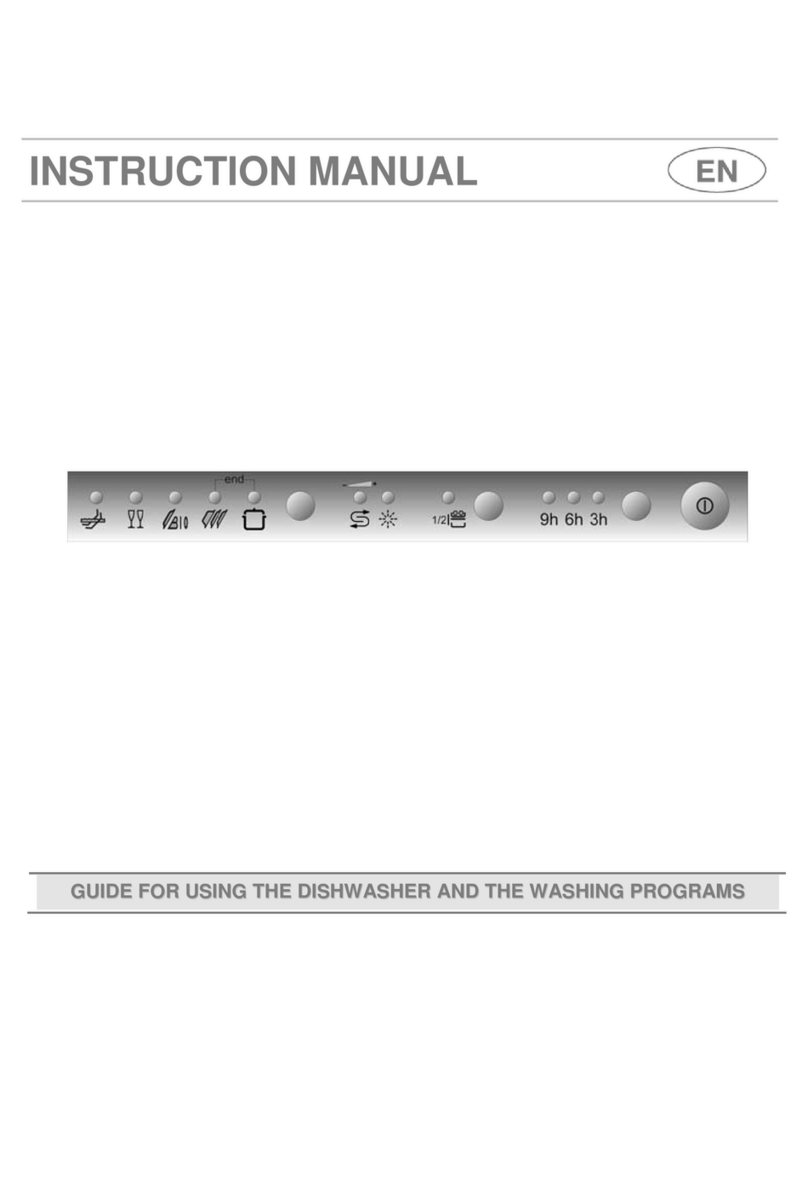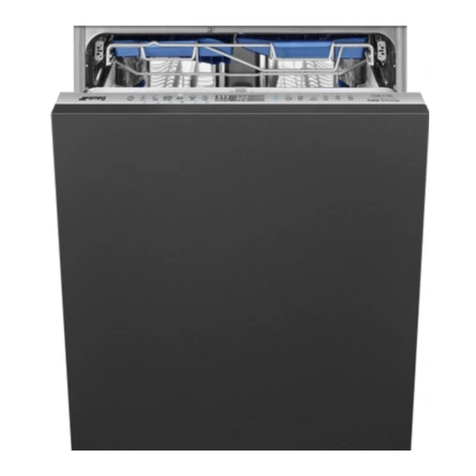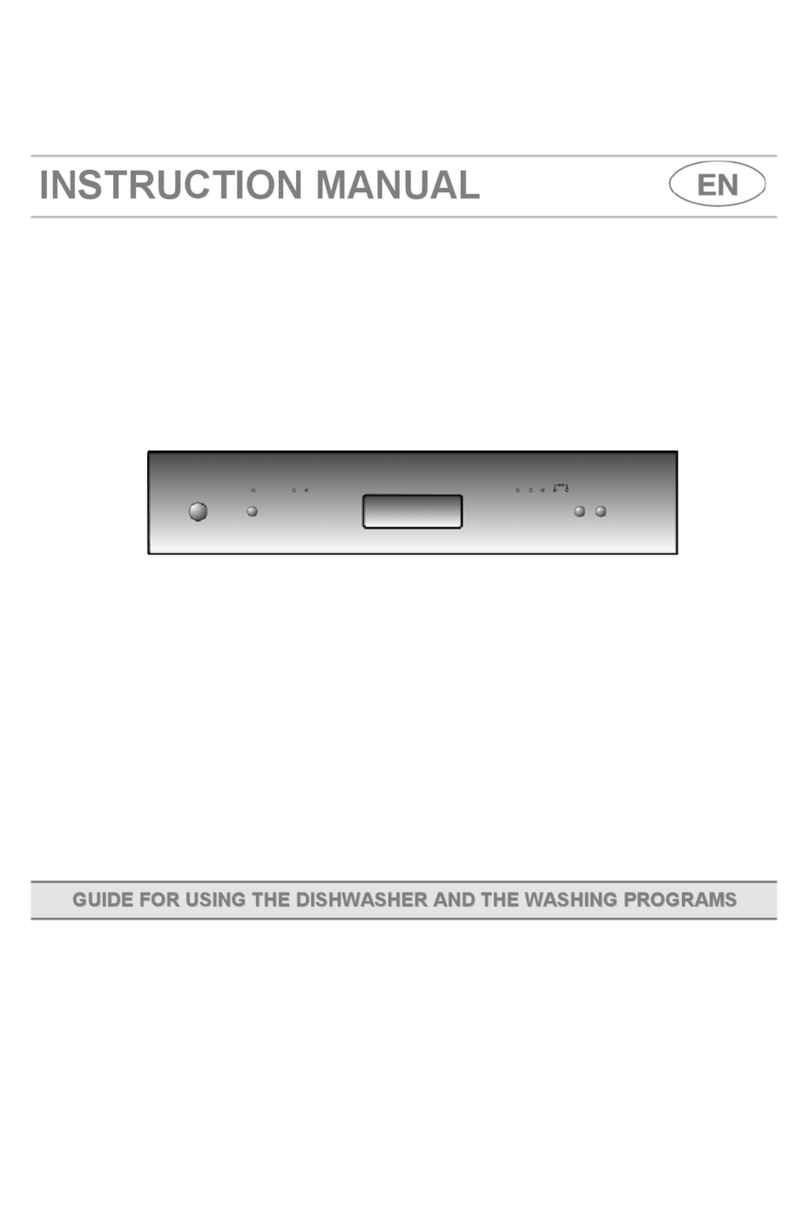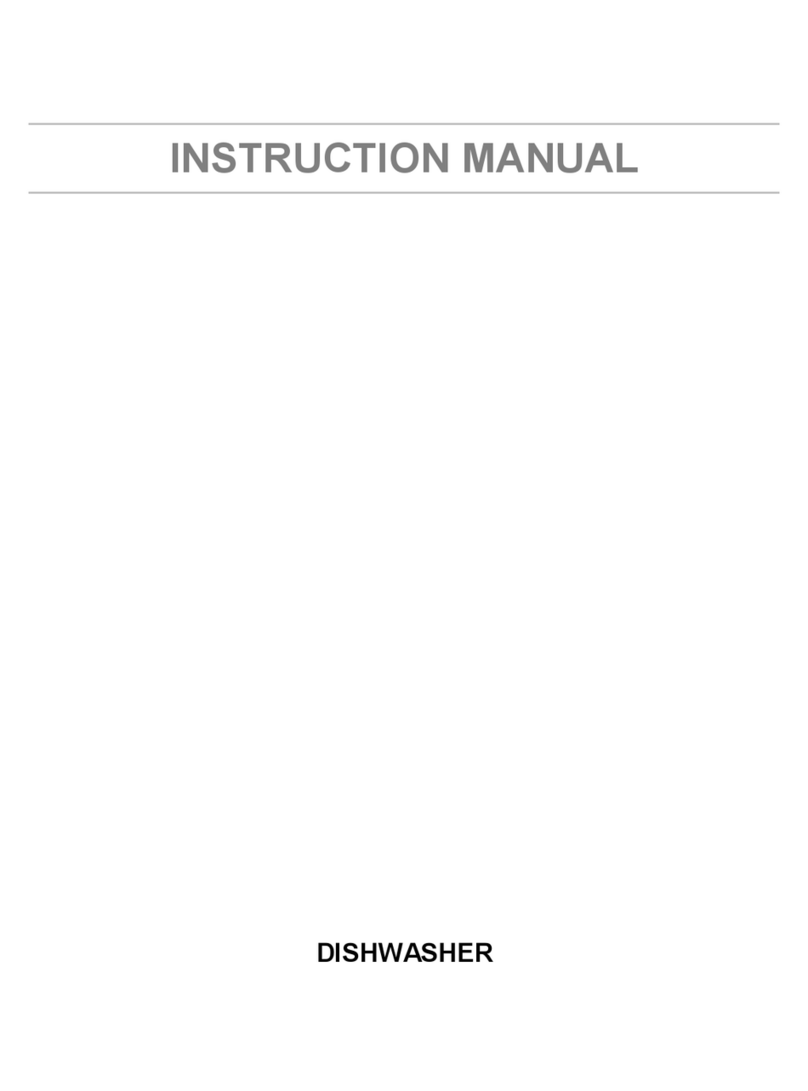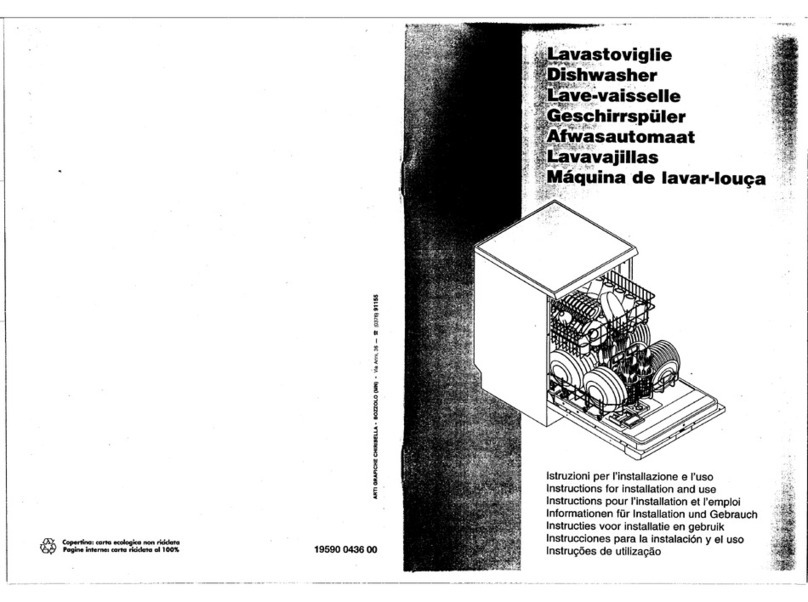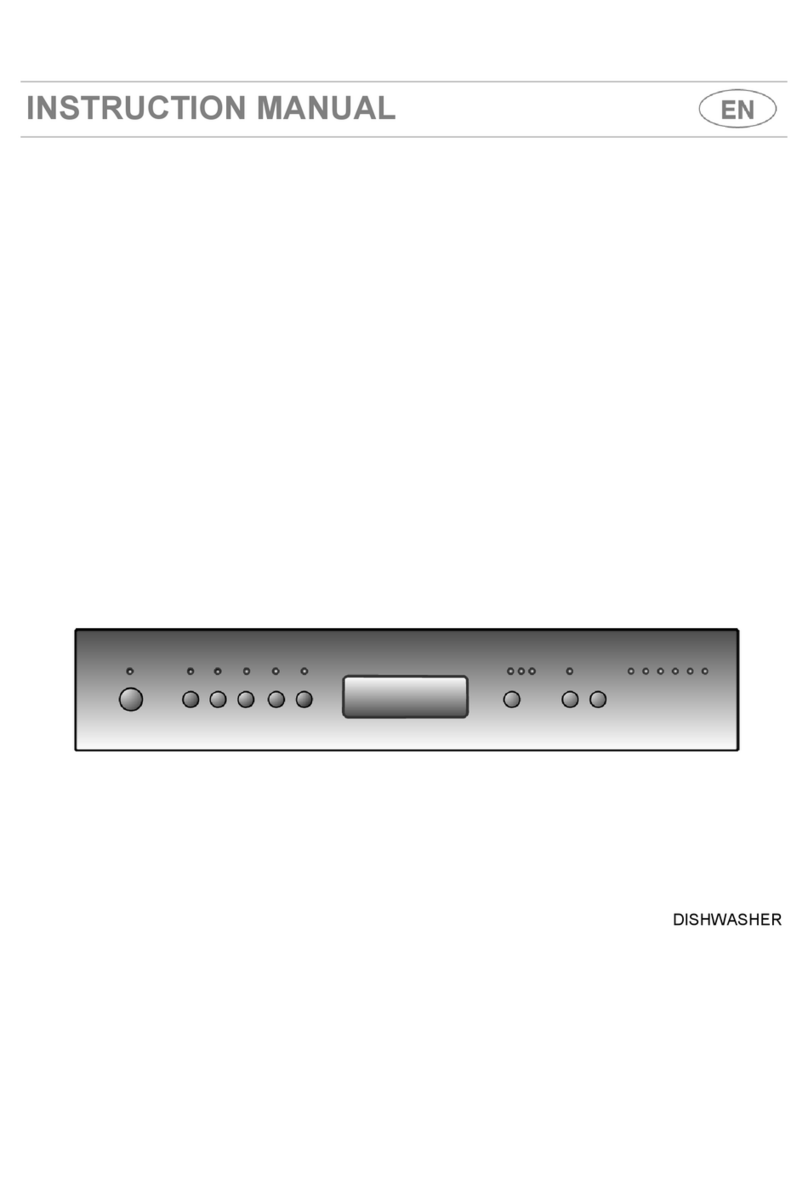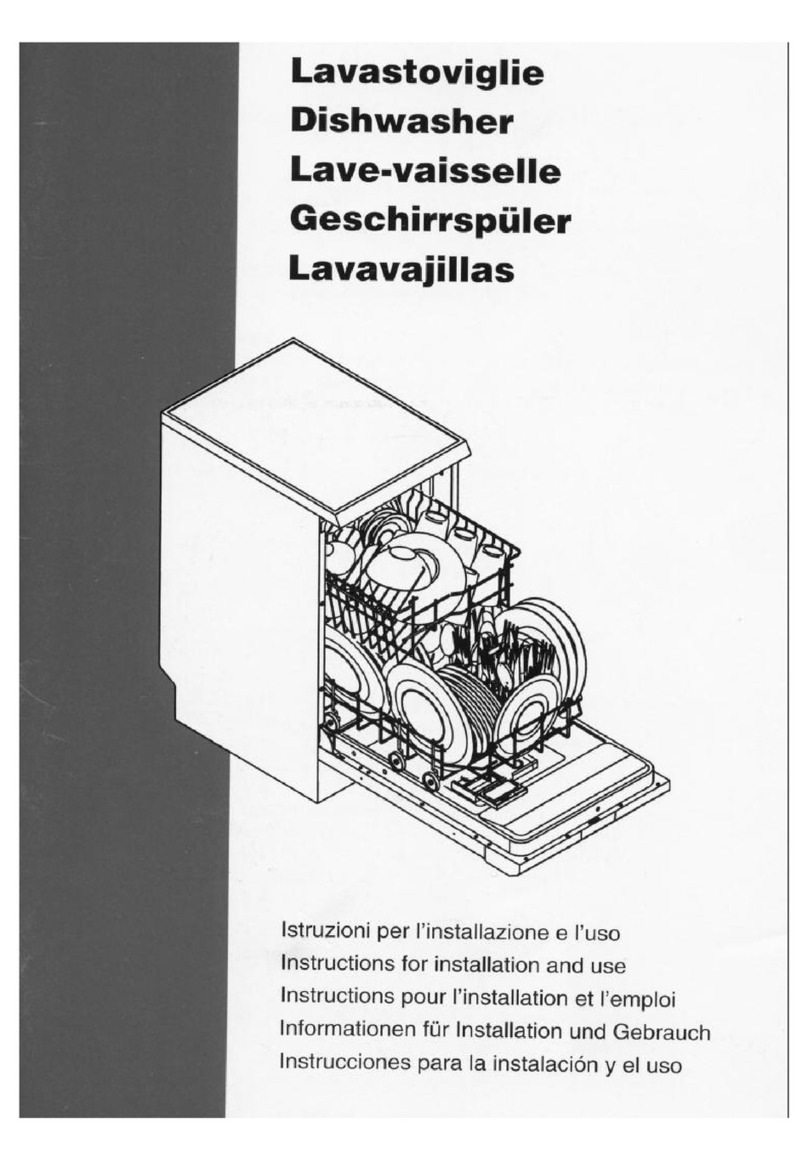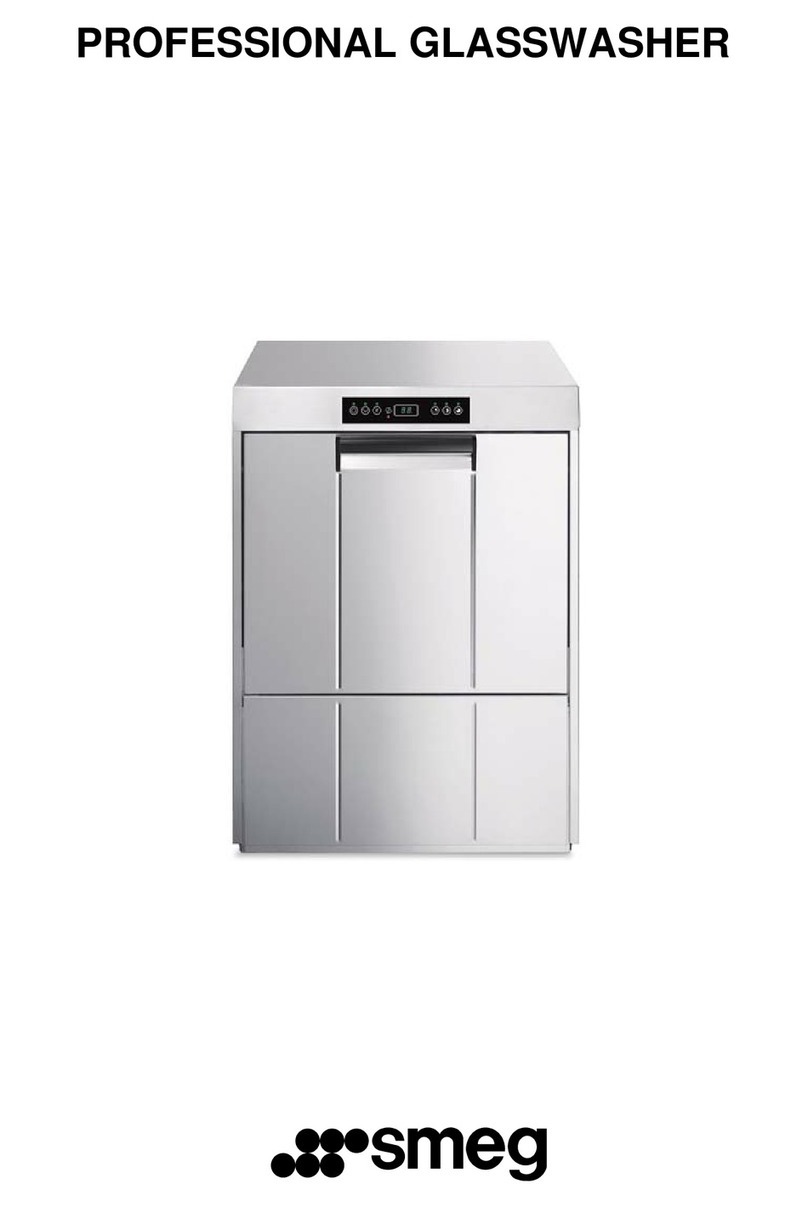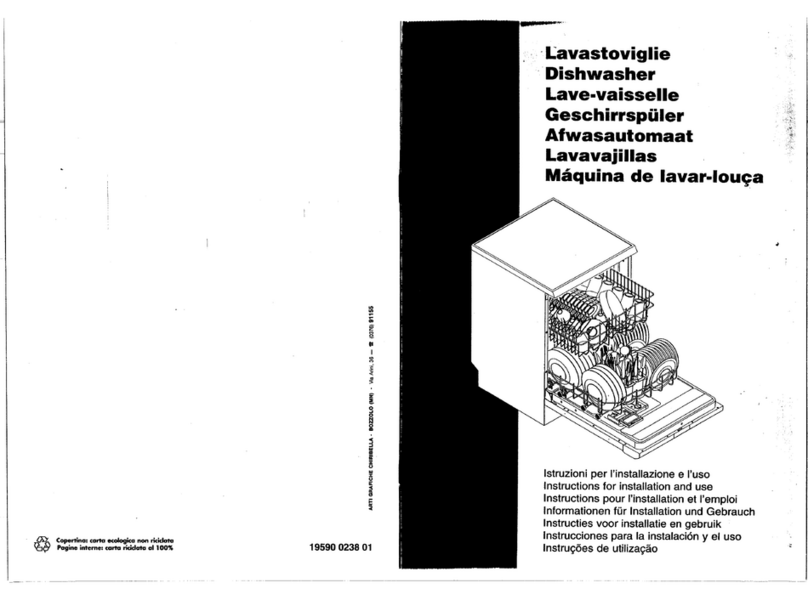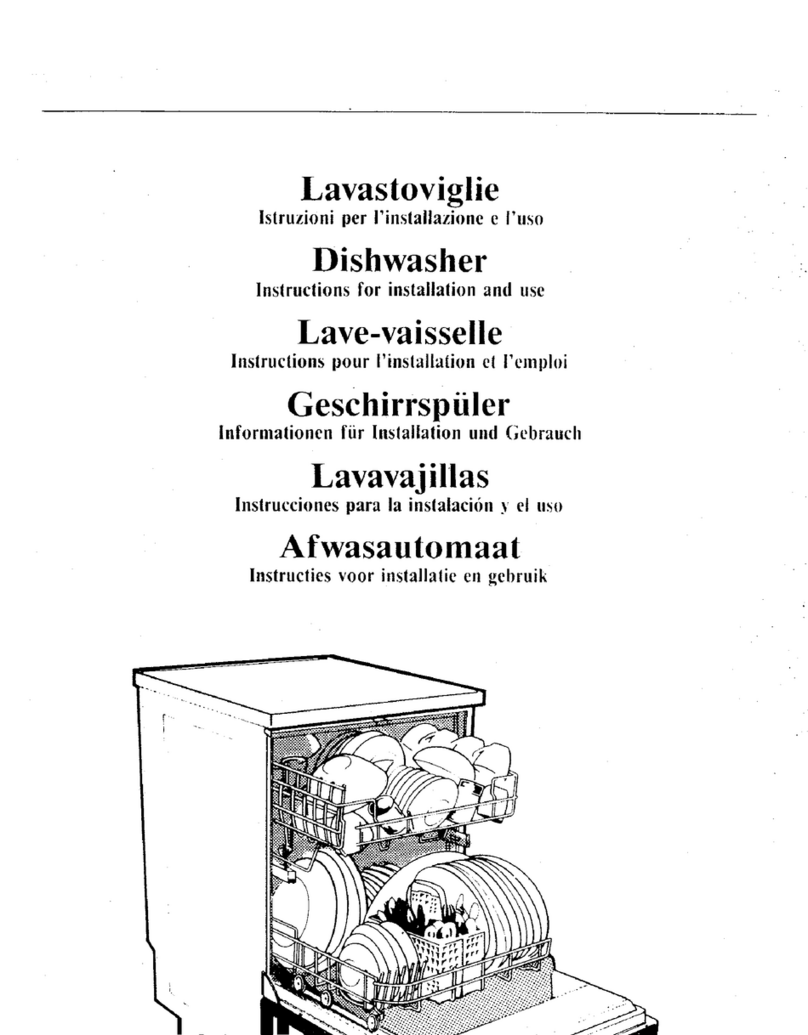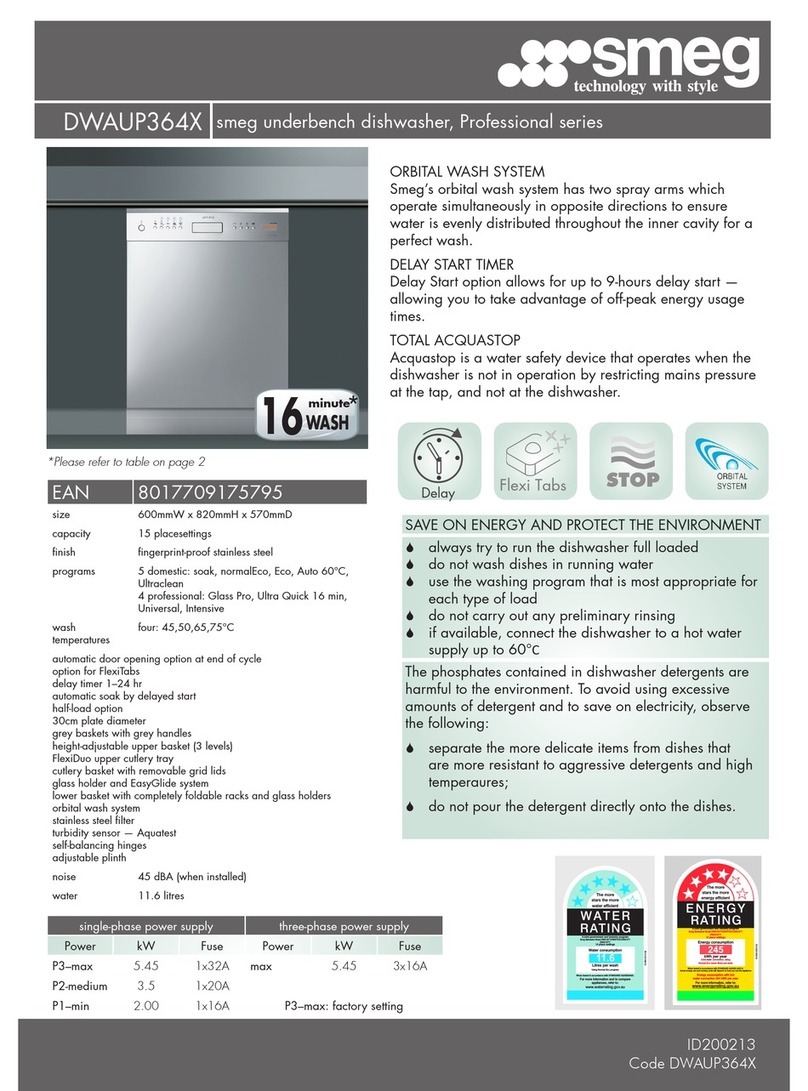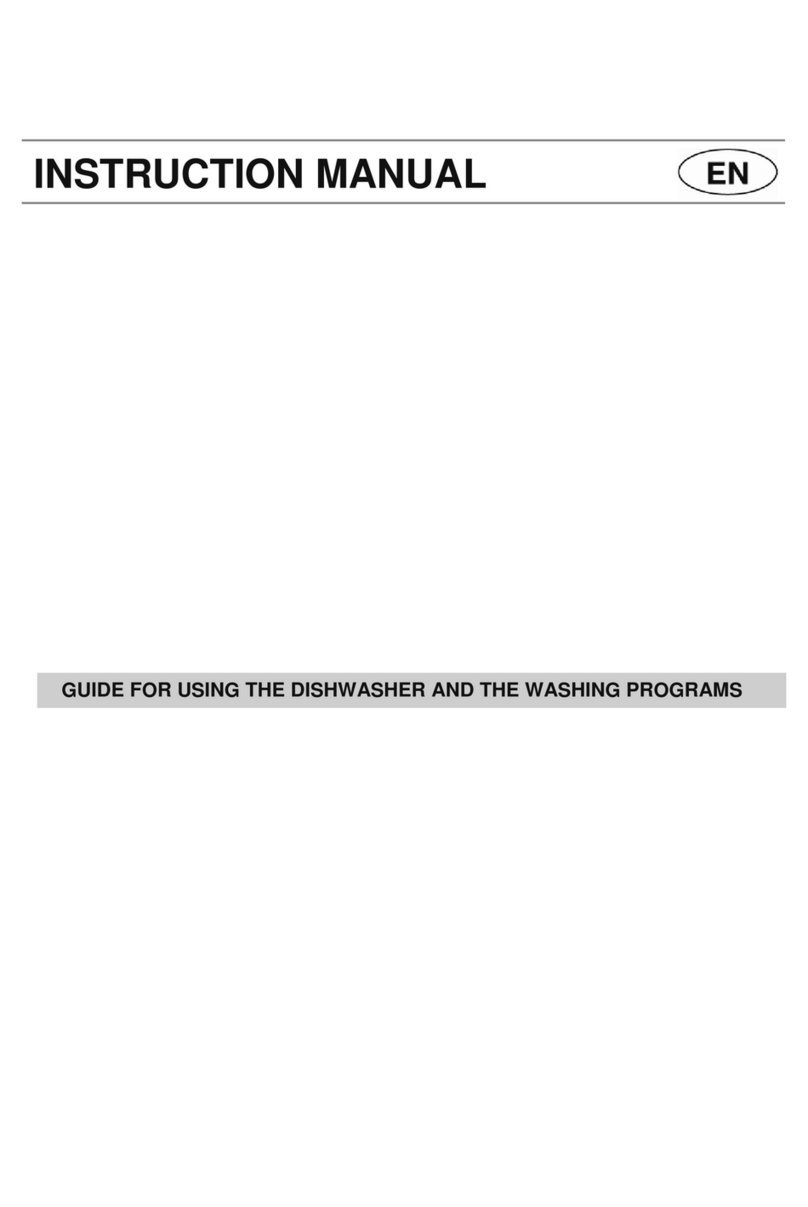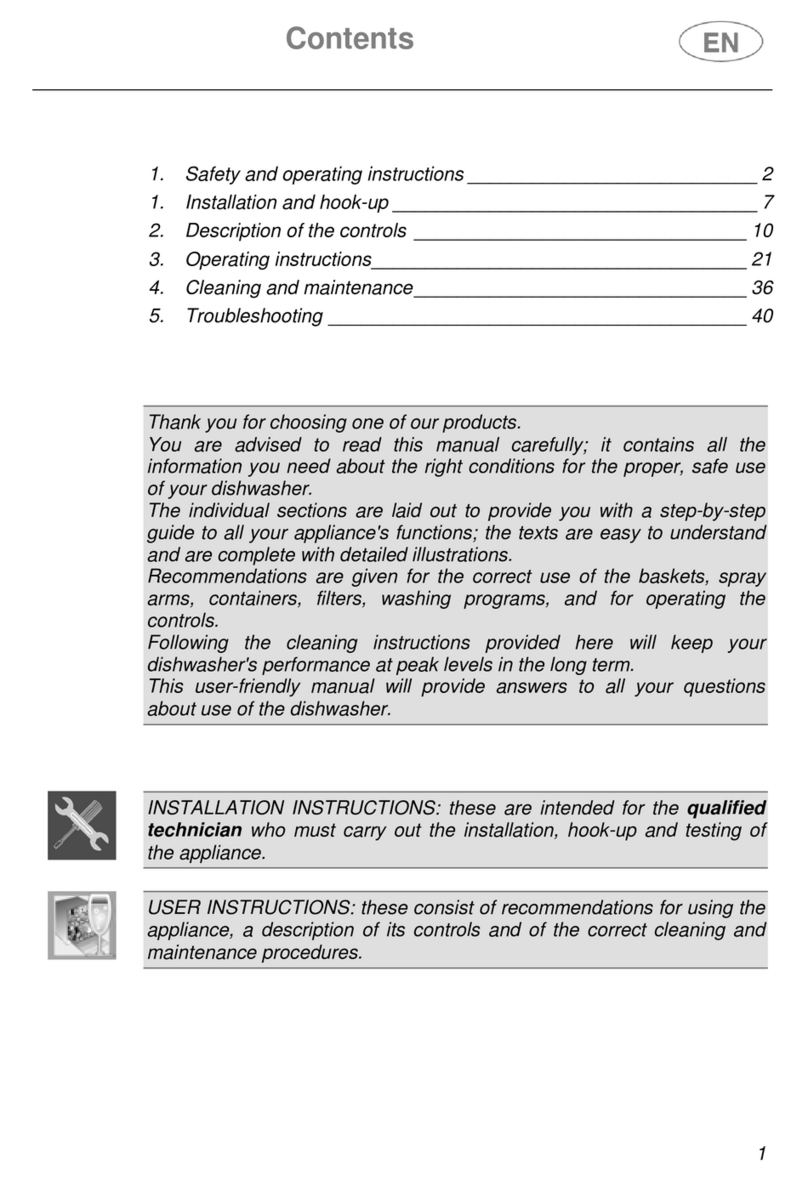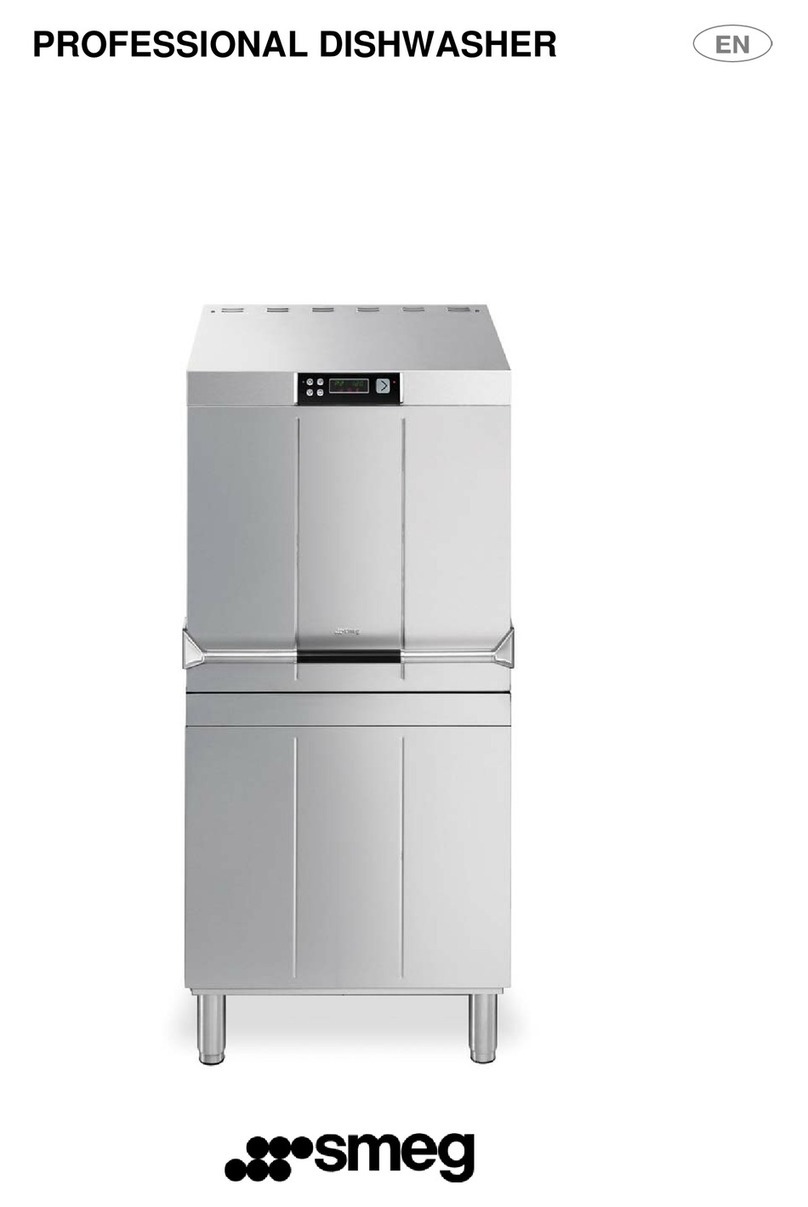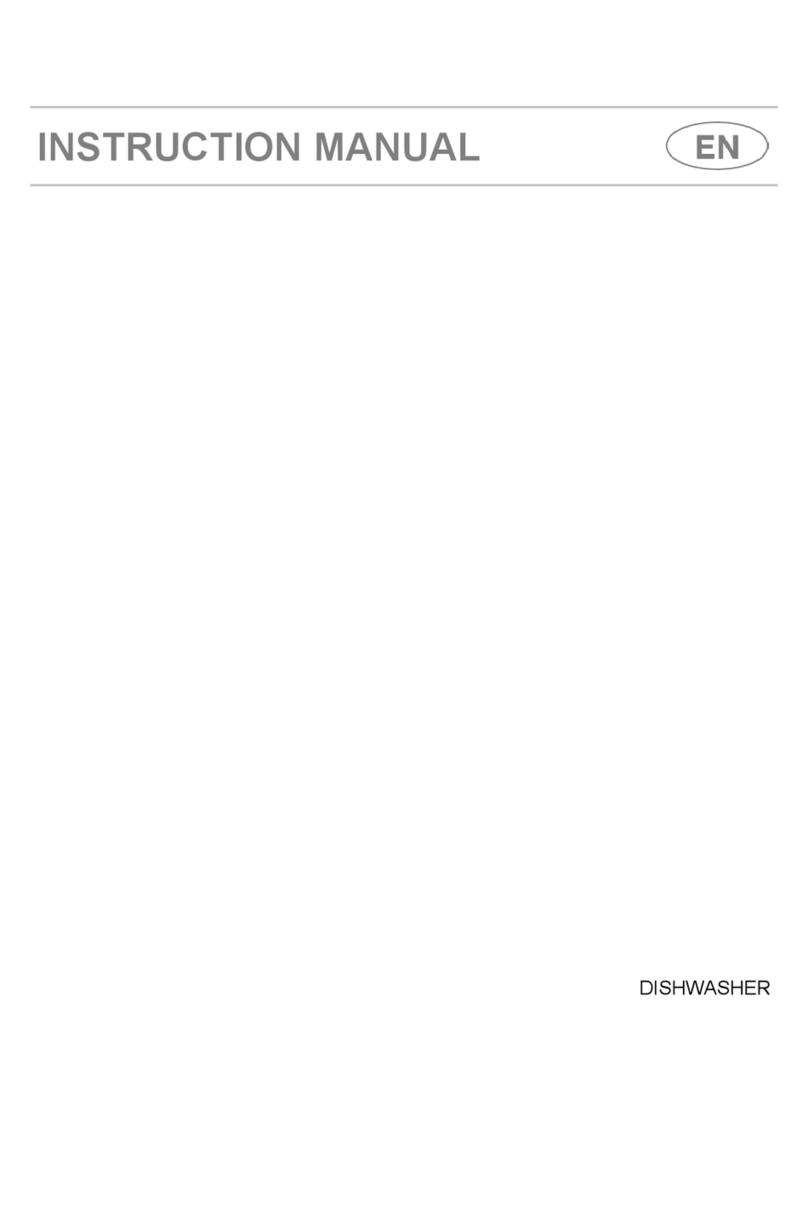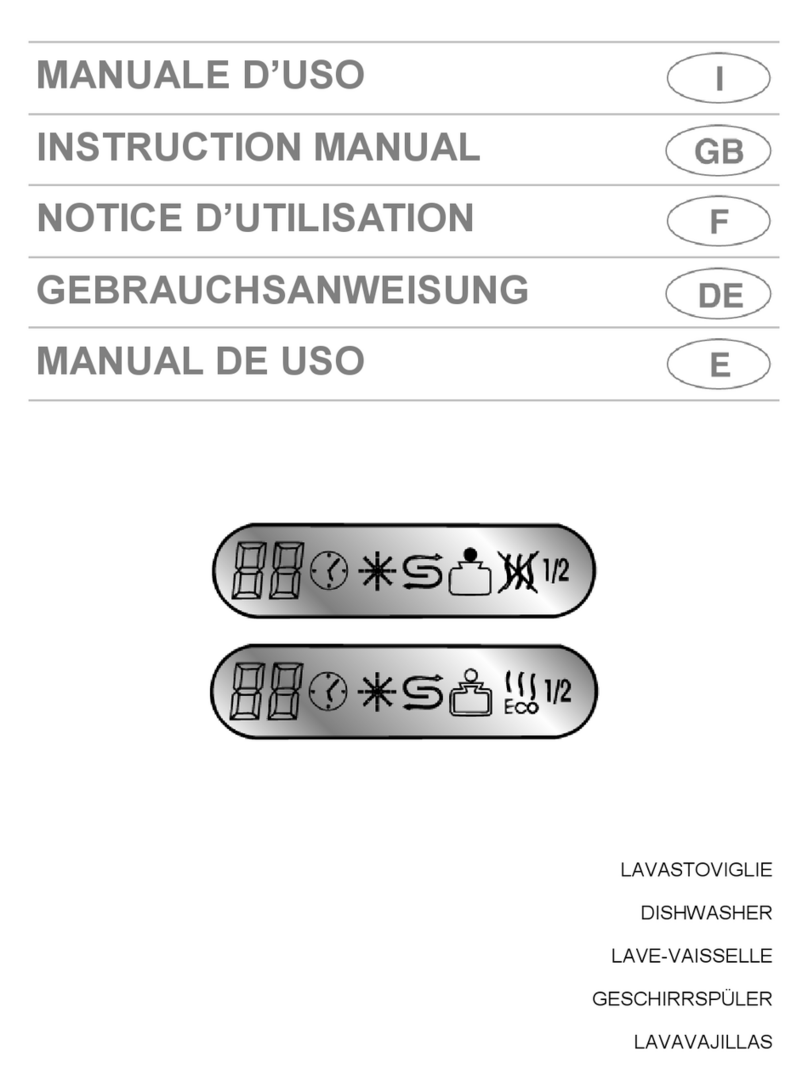
1
TRANSLATION OF THE ORIGINAL INSTRUCTIONS
SUMMARY
1PRODUCT IDENTIFICATION....................................................................................................................3
1.1 APPLICATION, GENERAL FUNCTIONS AND INTENDED USE ...............................................................3
1.2 NAME AND ADDRESS OF MANUFACTURER OR DISTRIBUTOR...........................................................3
SMEG S.P.A................................................................................................................................................3
1.3 DECLARATION OF CONFORMITY TO PRODUCT STANDARDS.............................................................3
1.4 DESCRIPTION OF THE APPLIANCE.....................................................................................................4
2SYMBOLS USED IN THE MANUAL...........................................................................................................4
3SAFETY PRECAUTIONS AND INSTRUCTIONS..........................................................................................5
3.1 CORRECTINSTALLATION..................................................................................................................5
3.2 SAFEUSE..........................................................................................................................................6
3.3 CORRECTMAINTENANCE.................................................................................................................7
4PRODUCT CHARACTERISTICS.................................................................................................................8
4.1 OVERALL DIMENSIONS.....................................................................................................................8
4.2 TECHNICAL CHARACTERISTICS .........................................................................................................9
5PREPARING THE APPLIANCE FOR USE..................................................................................................10
5.1 POSITIONING AND INSTALLATION..................................................................................................10
5.2 CONNECTIONTO THEWATER SUPPLY............................................................................................11
5.3 DRAINCONNECTION......................................................................................................................11
5.4 CONNECTIONTO THEELECTRICITY SUPPLY....................................................................................12
6FIRST START-UP...................................................................................................................................13
6.1 FIRSTSTART-UP .............................................................................................................................13
6.2 PREPARING FOR USE (IMPORTANT ).............................................................................................13
6.3 USING THEWATER SOFTENER (ONMODELS WITH THIS FEATURE ONLY).......................................13
7CONTROL PANEL..................................................................................................................................14
7.1 SET-UP (AUTHORISED STAFF ONLY)...............................................................................................15
7.2 CONTENTS OF DISPLAY ..................................................................................................................15
7.3 PARAMETERPROGRAMMING PROCEDURE(SETUP).......................................................................16
7.4 MODIFIABLEPARAMETERS............................................................................................................16
7.5 ADJUSTING DETERGENT AND RINSE AID DISPENSING (ONLY AVAILABLE ON CERTAIN MODELS)....17
7.6 STARTING THE PERISTALTIC PUMP IN MANUAL MODE-RAPID FILLING OF DETERGENT AND RINSE
AID CIRCUIT.............................................................................................................................................17
7.7 MAINS WATER HARDNESS SETTING TABLE (MODELS WITH SOFTENER ONLY)................................18
7.8 EXTRA RINSE OPTION (LONG RINSE). - DISPLAYREADS “E.R”..........................................................18
7.9 "CLEAN WATER CYCLE" OPTION - DISPLAY READS “CL”..................................................................19
7.10 “THERMOSTOP” OPTION- DISPLAYREADS “TS”.............................................................................19
7.11 FAST/ECO STARTING OPTION- DISPLAYREADS “FI”.......................................................................19
8MALFUNCTIONS SHOWN ON THE DISPLAY (FOR THE TECHNICIAN)....................................................20
9INSTRUCTIONS FOR THE USER.............................................................................................................22

